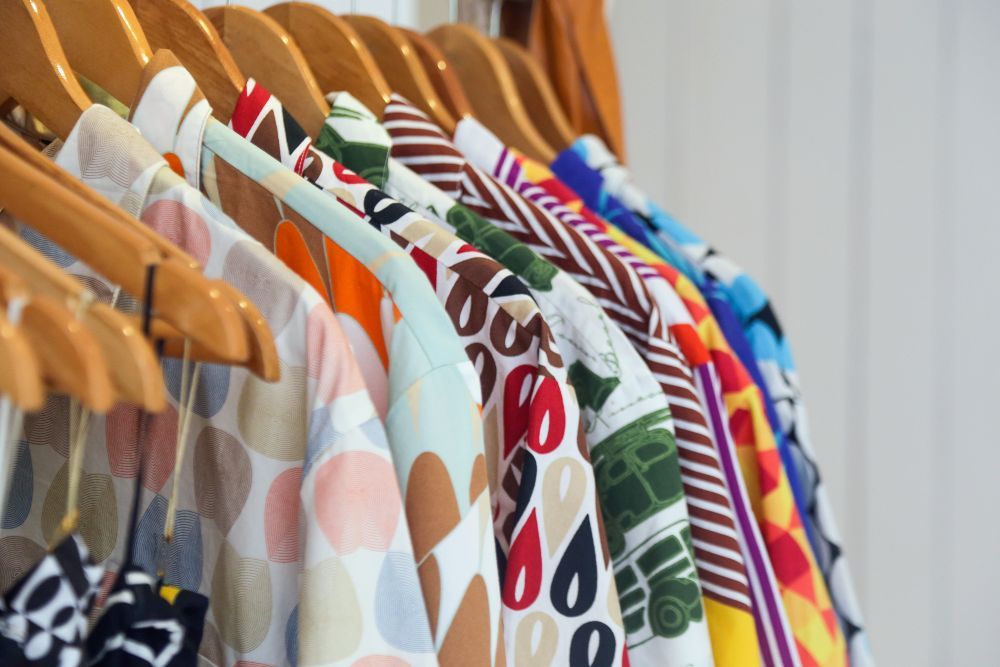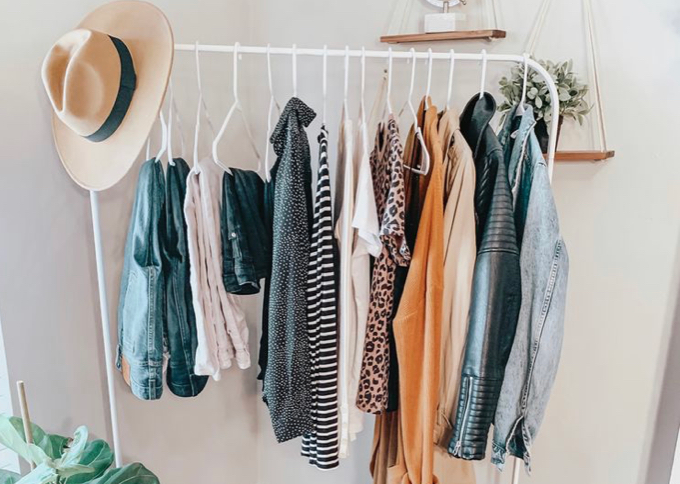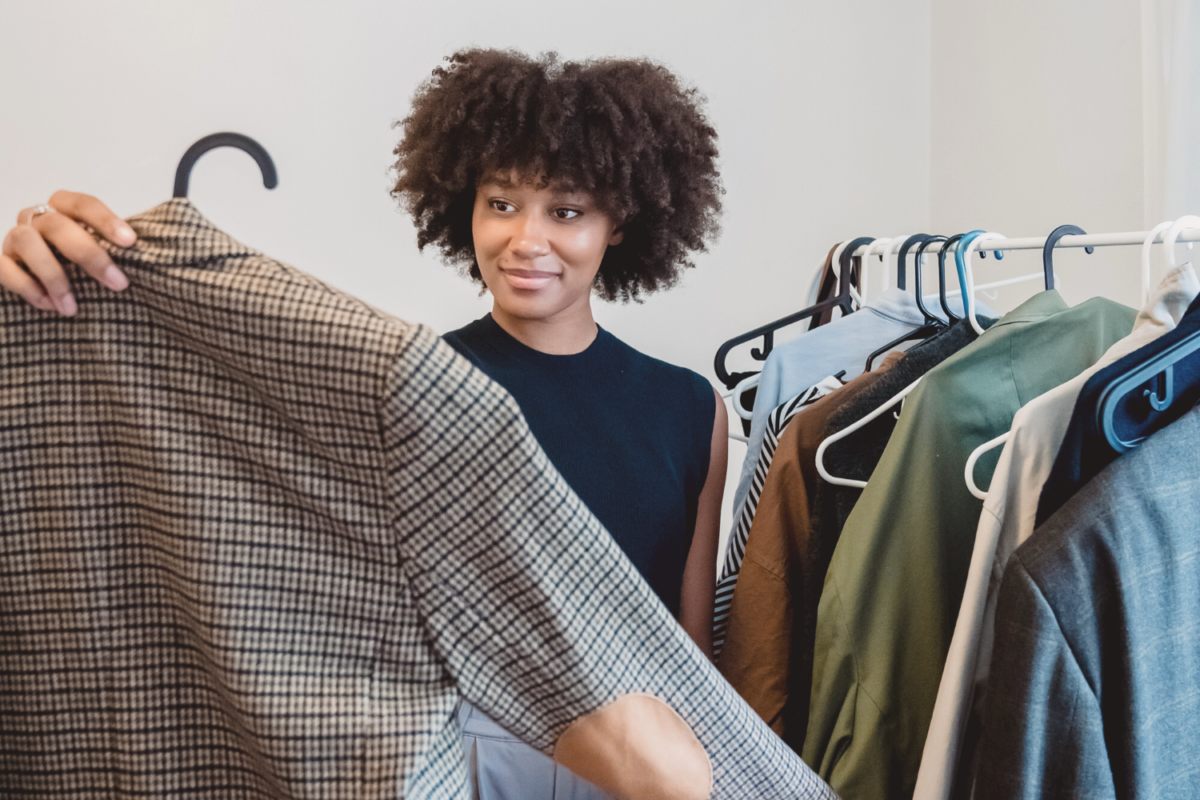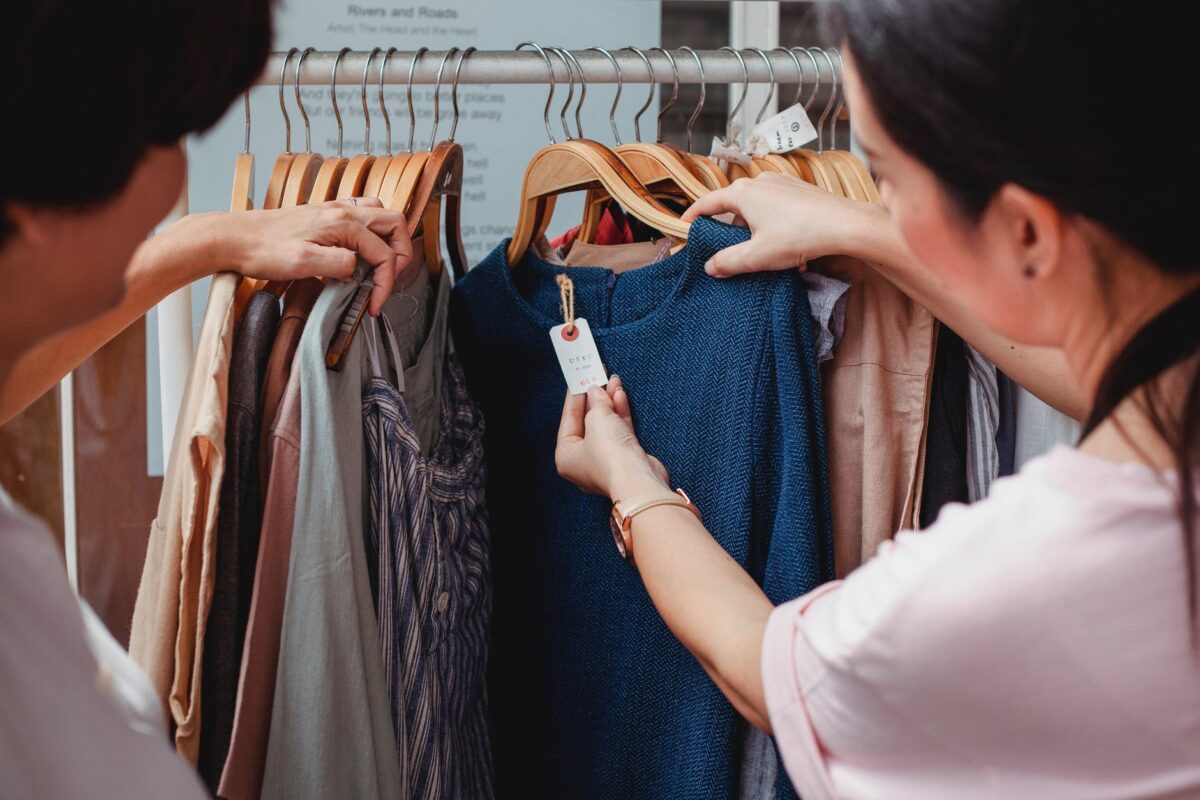In an era of automated production lines and faceless manufacturing, there’s something profoundly meaningful about knowing the human story behind what you wear. At Waynezen, we believe that exceptional garments aren’t simply manufactured—they’re crafted by skilled artisans whose expertise, passion, and cultural heritage are woven into every stitch.
Behind each Waynezen piece lies a network of talented individuals whose hands transform raw materials into the garments you cherish. Today, we invite you behind the scenes to meet some of these extraordinary creators and understand how their specialized skills elevate your wardrobe.
The Faces Behind Your Fashion
Sofia Mendoza: Master Pattern Maker, Madrid
At 62, Sofia represents the third generation in her family to work in pattern making. From her sun-drenched studio in Madrid’s historic garment district, she transforms our designers’ sketches into the architectural blueprints that determine how each garment will ultimately fit and move.
“Pattern making is mathematics, psychology, and art in equal measure,” Sofia explains, carefully adjusting the shoulder slope on our upcoming Reverence Blazer. “You must understand not just body measurements but how different bodies move, how fabric behaves, and most importantly, how a woman wants to feel in her clothing.”
Sofia’s 40-year expertise is evident in the distinctive fit of Waynezen pieces—the subtle contours that accommodate natural movement, the precise proportions that flatter diverse body types, and the thoughtful details that ensure comfort without compromising structure.
A typical pattern from Sofia undergoes between seven and twelve revisions before reaching production. “Each adjustment of even a few millimeters can dramatically change how a garment drapes or moves,” she notes. “The difference between good and exceptional often lies in these small refinements that most people would never consciously notice but will absolutely feel when wearing the piece.”
The Takahashi Family: Textile Masters, Kyoto
For five generations, the Takahashi family has practiced the art of kasuri weaving—a traditional Japanese technique creating fabrics with patterns woven directly into the textile rather than printed on afterward.
Hiroshi Takahashi, the current patriarch, leads a small team creating the custom-dyed cotton-silk blend used in our Harmony Collection. Using techniques dating back over 300 years, they produce textiles with a distinctive character impossible to replicate through industrial methods.
“Each thread is individually wrapped and dyed before weaving begins,” Hiroshi explains through our translator. “Where modern factories might produce 300 meters of fabric daily, we create perhaps 2-3 meters. But what we create has soul.”
The workshop practices natural dyeing using traditional botanical sources—indigo from the indigofera plant, warm browns from chestnut husks, and soft pinks from madder root. These natural pigments create living colors that evolve subtly with wear and washing, developing a beautiful patina unique to each garment’s journey with its owner.
“A well-made textile should become more beautiful with time and use,” says Hiroshi’s daughter Yuki, who represents the family’s sixth generation of weavers. “We are not creating fashion in the temporary sense—we are creating heirlooms.”
Abena Osei: Embroidery Specialist, Accra
When Waynezen sought to incorporate ethical handcraftsmanship into our embellished pieces, we found a perfect partner in Abena Osei’s women’s embroidery collective in Accra, Ghana.
Specializing in contemporary adaptations of traditional Ghanaian embroidery techniques, Abena leads a team of 26 women creating the intricate hand-detailing featured on our Celebration Collection.
“Each embroiderer has her own signature—subtle variations in stitch tension, spacing, and rhythm,” Abena demonstrates, her hands moving with hypnotic precision as she works seed stitches along the neckline of our Luminance Dress. “We don’t try to standardize these differences. This human variation is what makes each piece special.”
The collective’s partnership with Waynezen has allowed them to provide stable employment with fair wages to women in their community, many of whom are using their income to fund education for themselves and their children.
“When I embroider a Waynezen garment, I’m not just creating something beautiful,” says collective member Esther Mensah. “I’m creating opportunity for my daughter to become an engineer, which is her dream.”
Paolo Ricci: Leather Artisan, Florence
In his workshop nestled in Florence’s historic Santo Spirito district, third-generation leather artisan Paolo Ricci crafts the butter-soft belts and accessories that complement our collections.
Working with vegetable-tanned leather from nearby Tuscany—a material known for its environmental sustainability compared to chrome-tanned alternatives—Paolo practices techniques little changed since the Renaissance.
“Good leather work requires patience above all,” he reflects, carefully beveling the edge of a belt destined for our Elemental Collection. “Each piece must be allowed to reveal its character. You cannot rush this dialogue between artisan and material.”
Paolo’s methodical process includes multiple stages of increasingly fine sanding, repeated conditioning with natural oils, and meticulous hand-burnishing to create the signature patina of Waynezen leather goods.
“A well-crafted leather piece should age beautifully, developing character through the years,” he explains. “This is the opposite of planned obsolescence—we are planning for longevity, for relationship between the item and its owner.”
A Day in the Life: Following Our Signature Piece
To truly understand the craftsmanship behind Waynezen creations, let’s follow our bestselling Meridian Blouse through its production journey:
6:00 AM: Fabric Inspection
In a sunlit corner of our partner workshop in Portugal, quality control specialist Maria Sousa carefully examines each bolt of responsibly produced silk-cotton blend. Moving with practiced precision, she identifies even minor inconsistencies in weave tension or dye absorption that might affect the garment’s final appearance.
“I’m the first line of defense for quality,” Maria explains. “A beautiful garment begins with perfect materials.”
8:30 AM: Pattern Layout and Cutting
Master cutter João Ferreira strategically positions Sofia’s patterns on the fabric, maximizing material utilization while respecting grain lines critical to proper drape.
“Cutting is where we honor both the fabric and the design,” João notes. “By respecting the natural behavior of the material, we ensure the garment will move naturally with the wearer.”
Using specialized shears maintained with obsessive precision, João cuts with confidence born from 32 years of experience.
10:45 AM: Initial Construction
Seamstress Ana Mota begins assembling the cut pieces, creating the core structure of the blouse. Working at a deliberate pace that prioritizes precision over speed, she navigates complex seam intersections where multiple pattern pieces converge.
“The strength of a garment lives in its seams,” Ana observes. “If these foundations aren’t perfect, nothing else matters.”
2:15 PM: Specialized Detailing
As the blouse takes shape, it moves to the specialized workstation of finish expert Carmen Oliveira. With 29 years of experience, Carmen creates the signature pleated detail across the yoke—a technical challenge requiring perfect tension control and spatial awareness.
“This pleating element appears simple but requires complete concentration,” Carmen demonstrates, creating perfectly spaced folds secured with nearly invisible stitches. “Each fold must align precisely with the overall garment structure.”
4:30 PM: Final Finishing
In the workshop’s finishing department, Teresa Santos inspects every aspect of the completed blouse on a specialized light table designed to highlight any imperfections. She meticulously examines each stitch, tests button security, and evaluates seam strength.
“I ask myself if this is something I would be proud to give my own daughter,” Teresa explains. “Only pieces that pass this personal standard move forward.”
5:45 PM: Quality Certification
As daylight fades, final quality supervisor Antonio Machado performs the concluding inspection, comparing the finished garment against exacting specifications before authorizing the hand-sewn Waynezen quality tag—a mark of approval representing the collective expertise of everyone who touched this garment during its creation journey.
The Specialization Behind Superior Quality
What distinguishes artisanal production from mass manufacturing isn’t merely time—it’s the depth of specialized knowledge distributed across a community of experts.
“In fast fashion manufacturing, a single worker might perform multiple operations with limited training in each,” explains Dr. Elena Vargas, professor of sustainable fashion production at Parsons School of Design. “In contrast, traditional artisanal manufacturing cultivates deep expertise in specific techniques, with artisans often spending decades mastering a single specialized process.”
This specialization becomes evident in garment longevity. A study by the Sustainable Apparel Coalition found that clothing produced using traditional craft techniques typically lasted 4-7 times longer than mass-produced alternatives, maintaining structural integrity and appearance through years of regular wear.
Preserving Heritage Through Innovation
While Waynezen honors traditional craftsmanship, we recognize that preservation requires evolution. Through our Craft Heritage Initiative, we’re actively working to ensure these specialized skills continue into future generations.
Our apprenticeship program currently supports 17 young artisans learning traditional techniques while adapting them to contemporary production contexts. By providing living wages, professional development opportunities, and creative collaboration, we’re helping ensure these irreplaceable skills don’t disappear.




